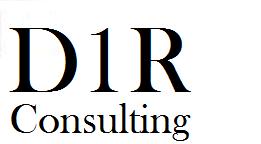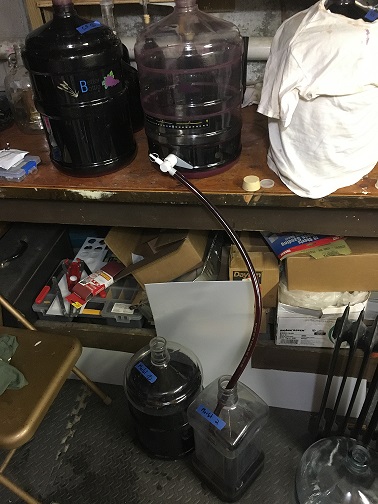2017 Bottling
- Details
- Published: Wednesday, 19 September 2018 18:05
- Written by David DeCiero
It was finally time to bottle the 2017 wines/. This was the first year that I made a smaller amount of wine, so instead of almost 200 bottles, I only had 100 to do. First thing was to make sure everything was sanitized. The night before I sanitize all of the bottles and put them on the bottle tree to dry overnight. On the day of the actual bottling, I use One-Step since it is a no rinse sanitizer and I can make a one gallon batch and use that for the entire process. I sanitized an extra carboy for blending and then ran it through all of the tubing and the Enolmatic with a couple of bottles. Once this was done, I blended using the new carboy by filling it halfway with Cabernet Franc and half-way with Merlot. Then, the fun of the Enolmatic begins. I just had to tweak it a bit to get the right fill level in the bottles, but once that was done, I was off to the races. While the next bottle is filling, I use my Italian floor corker to put the cork in (I use Grade 3 corks from morewinemaking.com. It is not a difficult process, and it only takes 1 hour for the 90 bottles I was doing. Then, the fun part comes, cleaning. All of the carboys have to be scrubbed and rinsed and then sanitized. I had 5 carboys to do, so it wasn't too bad. I then rinsed out the Enolmatic overflow and sanitized it the same way I did in the beginning, by running a few bottles of sanitizer through it.
After a couple of days of sitting upright, I put the labels on and placed them on their side. I wish that I could put them in the wine racks, but they are already full!


